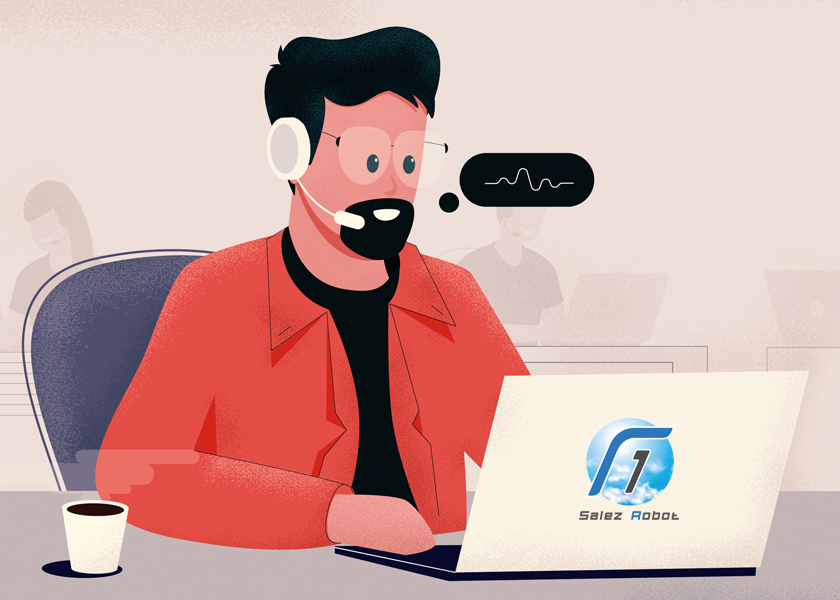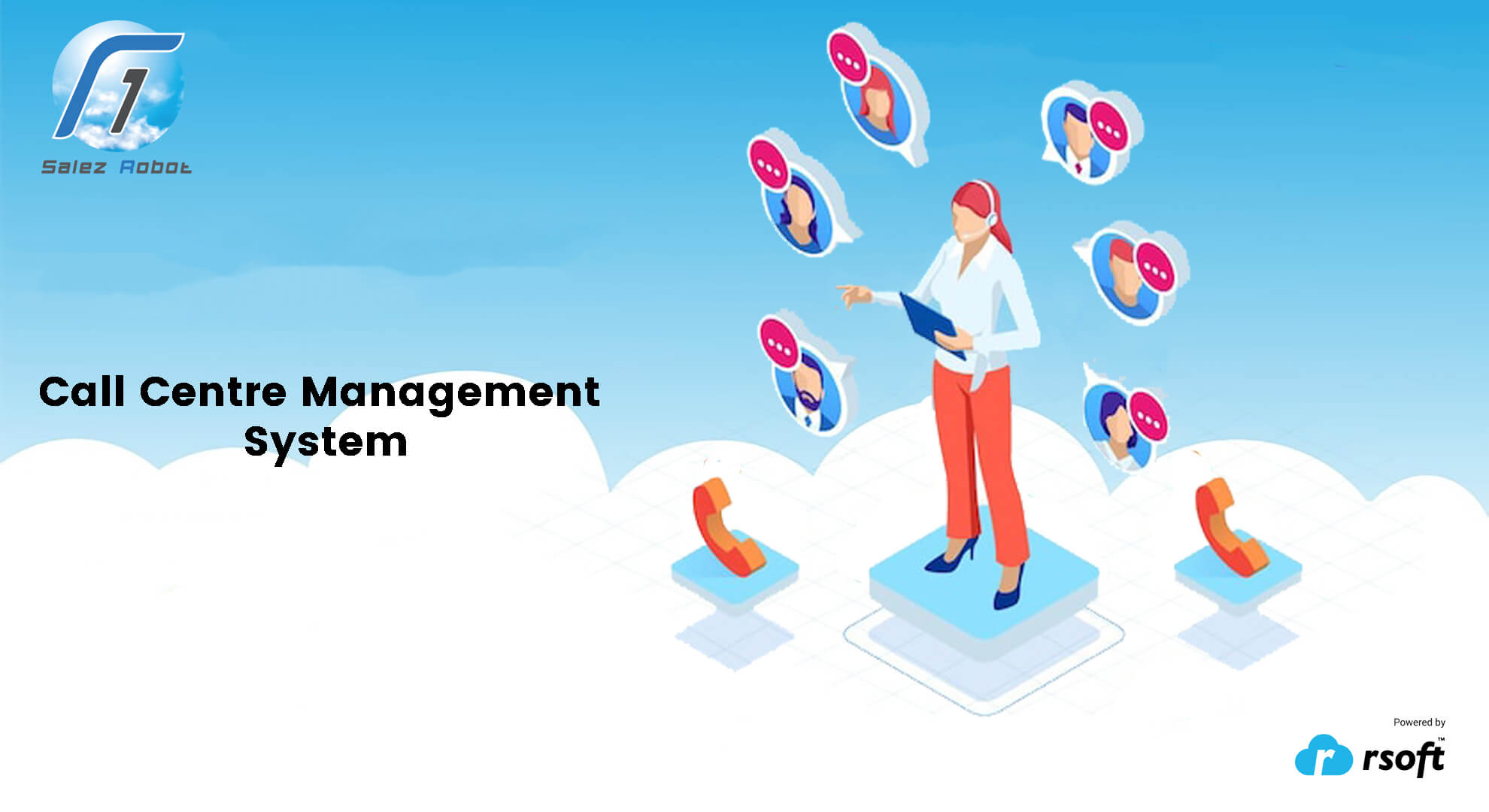Call Centre are set up with one objective in mind: to provide excellent customer service. However, providing excellent customer service takes more than simply setting up a team of people to answer calls. It necessitates continual contact centre management to ensure that calls are handled and answered; that consumers are provided with a unique experience, that agents are productive, and that the business's objectives are accomplished.
Businesses are using a variety of Call Centre Management systems to cope with the rapid surge in call volume and velocity. The majority of cloud call centres employ management software that is also hosted in the cloud and can be simply connected.
Management tools for contact centres
Customer Relationship Management (CRM)
All interactions are managed and tracked by the system through the installation of a productive CRM . Details such as name, address and phone to a minimum are collected by the data grabber by the CRM and stored through encryption. All vital contact and history can be viewed at any point in time with regard to the customer.
Tech-Support
Tech support technology is often an online booking system process that maintains an account of all client queries and complaints. It also contains tools and a knowledge base to assist agents in finding the information they require to respond to client inquiries.
Call Recording
Call monitoring software, as the name implies, keeps track of calls made or received at a call centre. Some tools only keep track of call details such as the number, duration, and agent assigned. Some even videotape the entire chat.

Performance
Measuring performance, detecting gaps, and optimising outcomes all need end-to-end transparency of your contact centre. Your call centre analytics platform will show you the number of calls received, the time it takes to address issues, and agent effectiveness, among other things.
Tools for Exercise
Use the tools to achieve your organization's objectives.
Determine your key performance indicators (KPIs) and ensure that your tools are suited to them. Choose a solution that can automate operations like contacting a number if increasing agent performance is one of your top priorities.
Educate your agents
Any instrument is only as good as the people who use it. As a result, ensure that your personnel are fully trained on all tools and are familiar with all of their capabilities. Make it a habit to utilise these tools by using tactics like an advisor.
Automation
Use features like click-to-call, auto-dialer, automated call distributor, intelligent call routing, dynamic IVR, and more to free your agents from boring, monotonous tasks. Boost their efficiency without contributing to their strain.
Performance Metrics
Measuring performance and making continual improvement is an important component of call centre administration. Here are the most important metrics to keep watch of.
First response time: This is the average amount of time a consumer waits prior to actually speaking with an operator. The richer the consumer experience, the lesser the time.

The number of consumers who had their questions answered on the first call vs. the total number of customer calls is referred to as first call resolution. If customers don't have to constantly call back for support with the same issue, the consumer experience is likely to get better.
Customer call abandonment rate: This is the proportion of calls that are dropped since the call centre employees take too long to respond.
The average handling time (AHT) is the time it takes an agent to complete a single contact. Because contact centres strive to minimise call wait times and boost retention rates, many contact centre agents are assessed based on speed-to-resolution. Agents that have a higher AHT rate and can address difficulties quickly are seen to be more successful.
CES determines whether or not such a company's goods are effective in resolving a customer's issue. There is no standard measurement, just as there isn't one for CSAT. Some metrics are tabulated on a five-point scale, while others are scored on a seven-point scale.
Call availability refers to how frequently your representatives are accessible to answer calls and how long it takes them to handle them. This indicator gives management a good idea of whether or not salespeople are sticking to their timetable. If a person's call availability is low, managers might look into their call history to discover if it was a busy day or if the rep was on vacation. Call availability also aids teams in determining the Call Centre's busiest hours. Managers can detect when salespeople are unavailable and modify staffing and scheduling accordingly to meet the additional demand.
The percentage of calls answered during a specific time period is referred to as service level. Customer service managers, for example, would frequently state that they aim to answer 80 per cent of calls within 20 seconds. This would be their Call Centre's Service level objective. The service level indicator tells you whether your company has enough resources to meet consumer demands. It shows whether clients are immediately linked to team members and their issues are treated in a timely way. If your customer service isn't up to par, it could be time to invest in new tools or recruit more people.
The requirements and relevance of contact centre metrics differ based on the industry in which the call centre operates. While industry-specific standards exist for many of these measures, several of them have worldwide standards as follows:

Although the measures listed above provide valuable insight into a call centre's performance overall, individual metrics may also be utilised to assess an individual's agent's contribution. These indicators are quite helpful in assisting employees in setting long-term objectives and advancing their careers.


